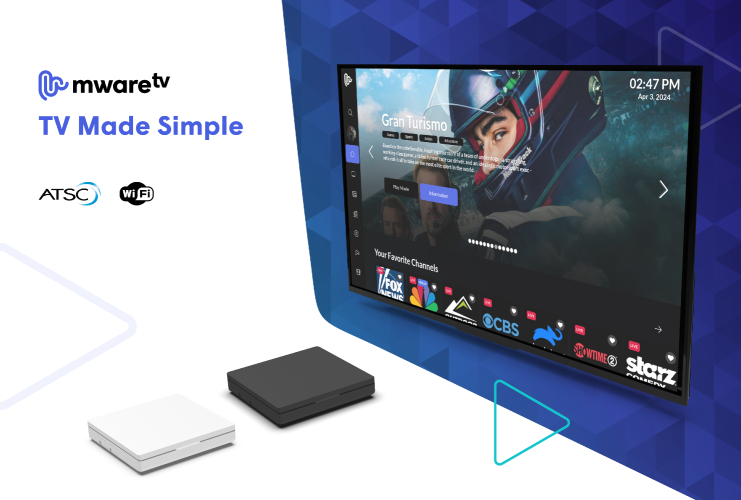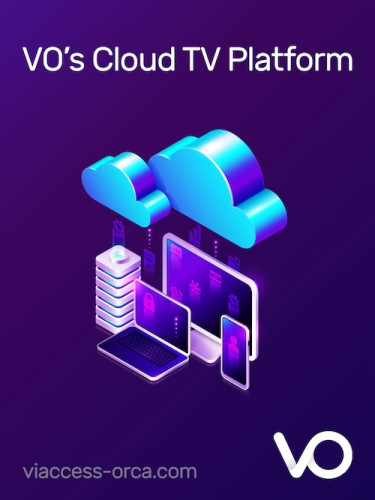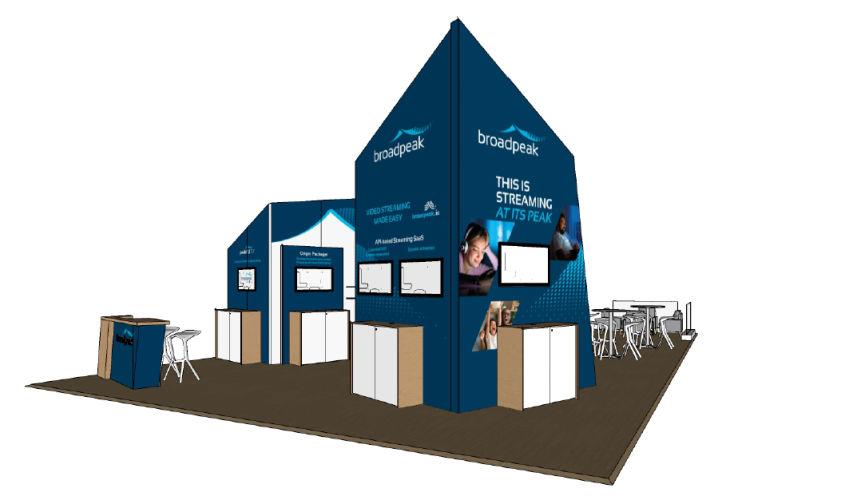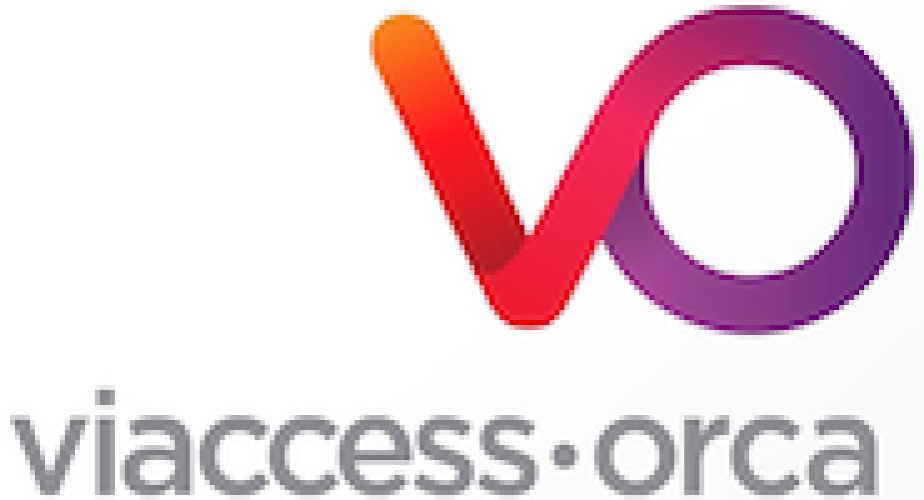Cut the risk out of developing and operating connected services

Author: Bob Pank#
Published 1st December 2011
When is an opportunity also a threat? In fact, most opportunities also pose some element of inherent risk. And for today’s media operators, the opportunities have never seemed riskier, and the risks have never offered so much potential gain.
A diversifying, multi-screen, ‘connected’ media landscape is like a vast new hinterland for traditional broadcasters, telcos and newer arrivals, but the sands are constantly shifting. Before treading out a new path through this territory, operators will be wise to equip themselves with the best possible tools for survival.
It might be said that in the dawn of broadcasting, the risk factor was just as great, or even greater. Broadcasters had to commit to huge investment on the speculation that audiences would follow. But the key difference between then and now is that in the early days, the radio or TV signal was the only game in town, and audiences would accept whatever compromises were necessary to experience it. Now, operators setting out to build services for the connected, ‘tv-anywhere’ world know that compromise spells disaster: audiences will judge the new services by the standards they’ve become accustomed to from a mature, sophisticated broadcast environment developed over many decades. Fail to offer something of a comparable quality and richness, and the operator of new services will fail to develop a new audience.
What makes it more difficult in principle for digital media operators planning and building new services is that there’s no established template for how to do it, and no single model that guarantees success. It’s a wild frontier: opportunity and risk go hand in hand.
But in one important sense, digital media operators are in a better position now than the pioneering broadcasters were, all those decades ago. That’s because, unlike the broadcasters, today’s providers of IP-based services can access technology that allows them to know exactly what the subscriber is experiencing, second by second. While broadcasters had to be content with transmitting a signal and leaving it to the viewers (and their local TV installers) to arrange their own quality of experience, providers of IP based services can now monitor and analyse every last byte that passes through the viewer’s set top box and the home network. So although the complexity of today’s multi-format media services is much greater than the traditional broadcasting network, there are precise and accurate tools for managing this complexity. There’s never before been this capability for precision monitoring from the satellite to the STB and beyond, on to individual iPads, phones and computers. And that means that, amidst all the uncertainties of the ‘tv-anywhere’ phenomenon, one thing that operators can be reassured by is that it’s possible to be in complete control of the viewer’s quality of service and experience.
A digital media monitoring and analysis system can take many forms, and it needs to, because there are so many different ways that providers go about delivering digital media. Versatility is the key: whatever the peculiarities of a provider’s network infrastructure, and whichever protocols the provider uses, a good monitoring system has to be adaptable to it. But some things are axiomatic, and one of these is that for a system to be really effective in managing the user experience and reducing maintenance costs, it must deliver an integrated, holistic view of the entire network, from the satellite dish right into the subscriber’s home network. A partial view of the data is not enough for the operator to get a real grip on service quality, and any monitoring architecture that misses out part of the delivery chain, or treats segments of it as separate entities, is essentially an incomplete, inefficient waste of investment.
Bringing together comprehensive monitoring and analysis of every stage of a digital media delivery chain in a unified and easy to interpret graphical environment, the Bridge Technologies VideoBRIDGE system is proving a key asset to many of the world’s most successful broadcasters, cable companies, telcos and convergent-media providers. Each of these organisations has its own way of building infrastructure and delivering its services, and the VideoBRIDGE architecture they deploy varies from one to another. However, they all share the essential characteristics of a state-of-the-art monitoring and analysis system: specialised probes for every part of the digital media delivery chain, whether broadcast or IP; comprehensive solutions for IPTV Media, Cable, Satellite and Terrestrial applications; detailed analysis of real-time data at any point on its path from the satellite, through headend, core network, edge networks and right into the subscriber’s home and the set top box; remote access to the data from any location; deep packet analysis in real time via a central server offering central control and management of all devices, together with sophisticated graphical display of large amounts of data, and intelligent alarming.
By using VideoBRIDGE systems to plan, provision and test their networks during roll-out, as well as for continuous service quality monitoring during operations, these organisations have dramatically reduced their maintenance overheads, and are quicker off the mark to anticipate and resolve service issues before they affect subscriber satisfaction levels. In short, they are doing what every operator must do to succeed in the multi-screen world: reduce risk, and increase the upside of the opportunities that are available.






























